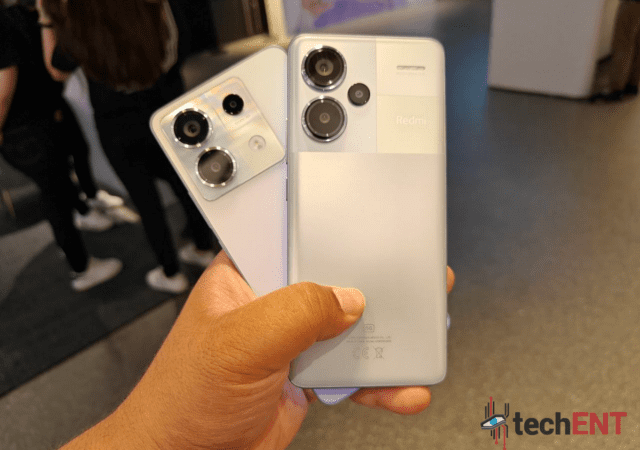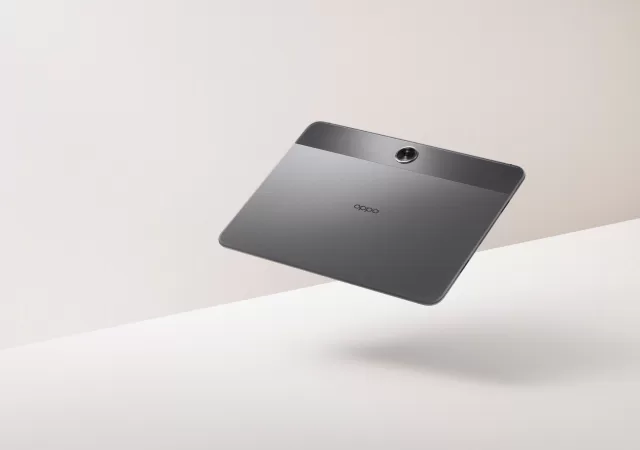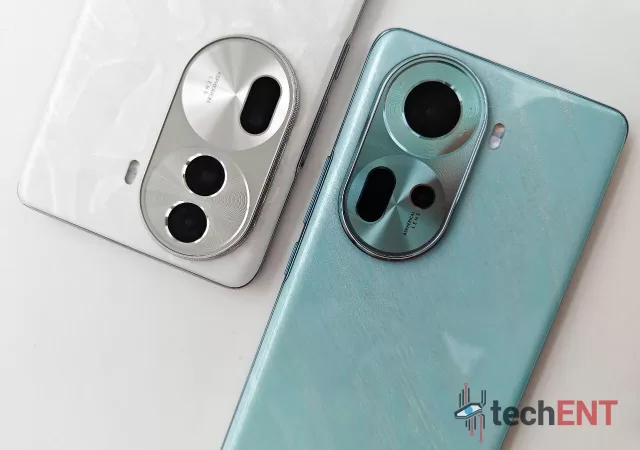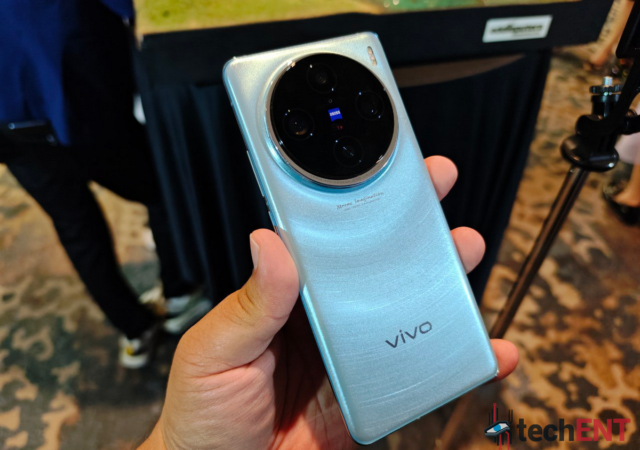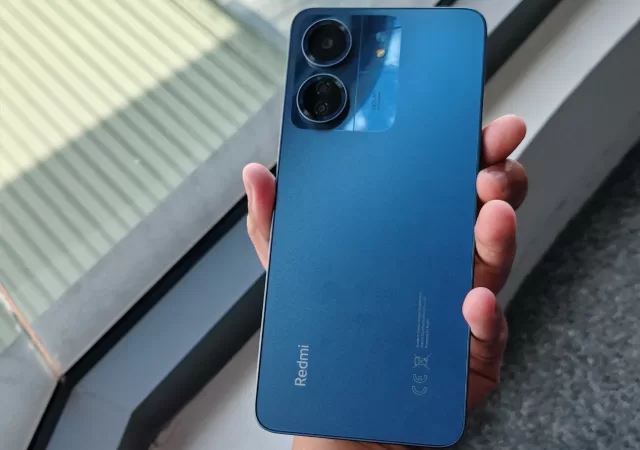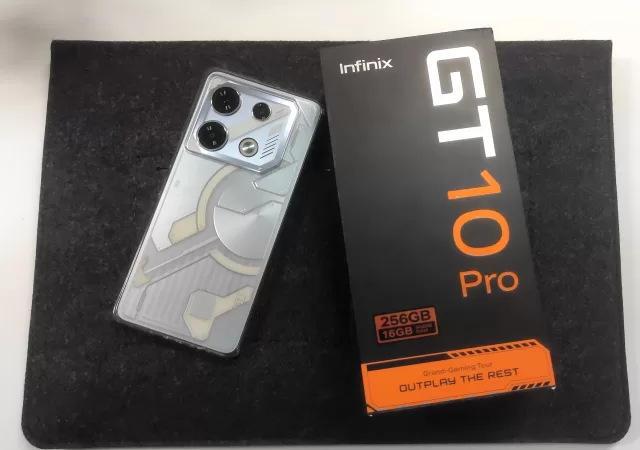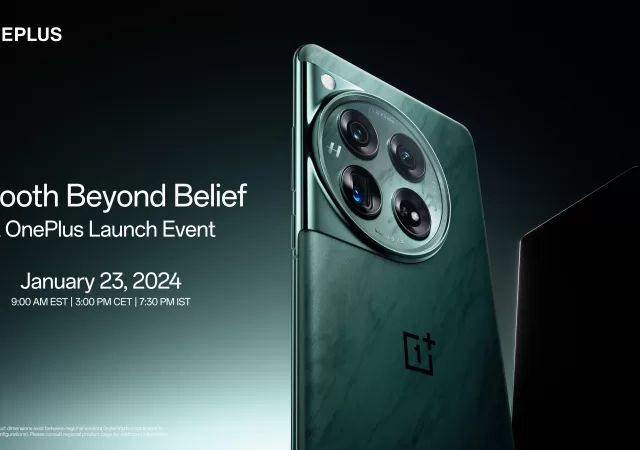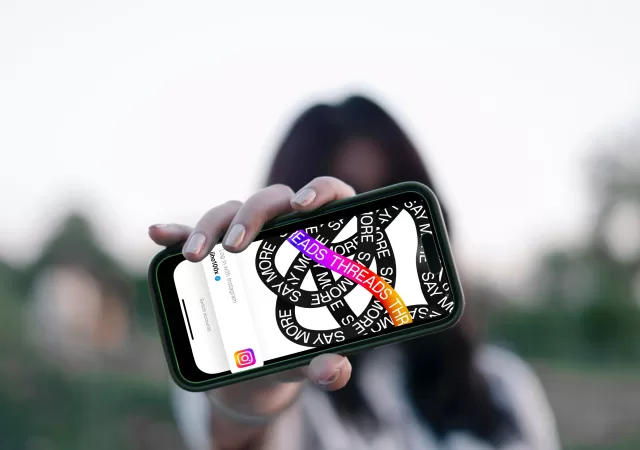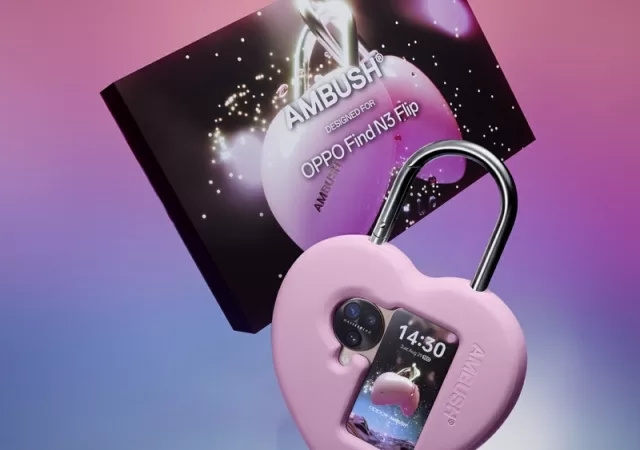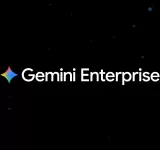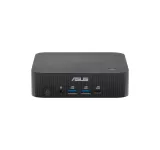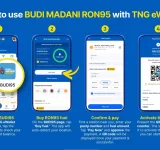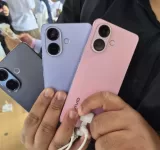Xiaomi unveils its new mid-range champion the Redmi Note 13 Series with large camera sensors, powerful processors and large displays.
Immersive Entertainment Takes Centrestrage with the OPPO Pad Neo
The OPPO Pad Neo brings you a 11.4″ ReadFit screen with 2.4K resolution, 96% NTSC colour space boasting up to 90Hz refresh rate. Eye care tech provided for your safety.
OPPO Unleashes the Reno 11 Series Globally, Price Starts at RM1,899
OPPO Announces a new Portrait Expert – the new OPPO Reno 11 Series that comes with specifications that focus on excelling in Photography.
Vivo X100 Series Lands In Malaysia; Prices Start at RM3,499
The Vivo X100 series is officially available in Malaysia. The X100 Pro and X100 tread new waters with deeper integrations of ZEISS Optics.
Xiaomi Redmi 13C In-Depth Review
Regarding phones, Xiaomi is never far behind in its release, be it their flagship series like the recently released Xiaomi 13T and Xiaomi 14T (China only). Xiaomi always has something that keeps their customers on their toes. This time around…
Infinix GT 10 Pro In-Depth Review
Infinix’s GT 10 Pro boldly steps into the realm of smartphone design with its striking Cyber-Mecha aesthetics which comes in two variants: Cyber Black (black with orange stripes) and Mirage Sliver (silver with white strips on its back). With its…
OnePlus 12 & OnePlus 12R Make Their Global Debut on January 23, 2024
Celebrate the 10th anniversary of OnePlus with the global launch of the OnePlus 12 and OnePlus 12R. Learn more about the groundbreaking technology & features present on the upcoming flagship devices on January 23, 2024.
OPPO Malaysia’s 10th Anniversary Year-End Sale
OPPO Malaysia is marking its 10th anniversary with a Year-End Sale from 11 December 2023 to 2 January 2024. As part of this sale, there’ll be flash sale promotions, price drops, and a chance to win lucky draw prizes. OPPO…
Prepare to be AMBUSHed by Style with a New Accessory for the OPPO Find N3 Flip
Are you ready to be AMBUSH-ed with a stylish OPPO Find N3 Flip? OPPO is collaborating with renowned fashion house AMBUSH for an accessory that will lock you in. While not a full on special edition, the new collaboration will…



